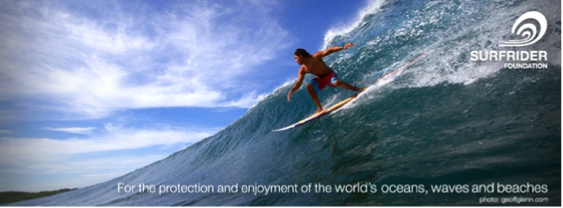Your Nonprofit’s Facebook Timeline Page: Checklist for Connection (Part 1)
Be sure to read: Message It—How to Make the Most of Your Facebook Timeline Page (Part 2)
There’s no stopping it…your organization’s Facebook page is changing forever, whether you like it or not.
If you haven’t started on Facebook yet, this is a great time to dive in (and it is the place to start with social media—with the potential to be a second website for your organization).
Even if you aren’t really launching publicly yet—as you’re still working on your marketing plan or have determined that social media isn’t yet a priority channel for your organization—get your feet wet now so you’ll be ready to go 100 m.p.h. when you have to.
For those of you already on Facebook, the format change will happen whether you’re ready or not, so be proactive in using the shift to boost your relationship building.
Changes to Facebook page formats
You’ve probably heard about the transition but may have resisted diving in. Here are the crucial changes:
- Greater opportunity to tell your organization’s story over time as Welcome Pages disappear, replaced by Timeline.
- More visual: A large-format “cover photo” must be featured at the top of your page (851×315 pixels). Using these specs, the photo will take up about 70% of the vertical space of the top screen on your page. This is a huge amount of real estate; you’ll have to work hard to use it well.
- Increased ability to highlight:
- A key post at the top of your timeline for up to seven days by “pinning” it, to feature your call to action. Change it weekly if possible.
- Important stories/posts with the star icon (and de-emphasize those less relevant).
- Plus even more visuals: Larger photos and videos in your posts.
- More interaction: People can message your organization (much like they message their Facebook Friends) and can see what their friends are saying about your org.
- No more landing pages.
These changes are significant and take some time to review, digest and strategize on. Start now if you haven’t already.
Read on for what these changes mean, to your organization and to your Facebook network…
How do these changes impact nonprofit Facebook pages?
Your organization’s Facebook page now features an engaging cover photo (if you do it right) like this one:
By April Fools Day, the Facebook community you’ve been working to build (whether you’ve been slaving away or approaching it more casually) or thinking about trying to nurture, will see something completely different. But the something different goes way beyond your “cover page” (as it’s called).
Equally important is your ability to tell your organization’s story over time on your Facebook page, much like you do on your website. That means you have to actively curate current and past Facebook content to make the connections for your audiences, and ensure they make sense. That’s very different from the “of the moment.”
And since nonprofit pages will be more similar in appearance than ever before with this new standardized layout, it’s more important that you are as strategic as possible with every element on your page to make the experience visit most compelling for your Facebook network.
As a result, your Facebook community’s experience with your organization via Facebook will change dramatically and, assuming you want to continue building and strengthening relationships via your Facebook page, you must focus on shaping that experience to be most satisfying for them, and most productive for your organization!
I urge you to be proactive; to use this shift in Facebook’s own strategy as an opportunity to strengthen your organization’s Facebook presence, or launch a great first-time page.
Additional resources for crafting an engaging nonprofit Facebook page
- Learn more about the changes with these brief but focused guides:
- Review models
- Livestrong’s Facebook Page https://www.facebook.com/livestrong
- New Facebook Brand Page for Beth’s Blog: With A Little Help from My Friends (via Beth Kanter)
- Shape your work plan for the transition
- How to Convert Your Facebook Page Over to the New Timeline Layout (Video Tutorial)
- Tips and Cheat Sheets To Help Your Nonprofit Plan and Implement FB Brand Page Changes
- How To: Tell Your Story With Facebook’s New Page Features
Then jump on it.
What’s your strategy for your Facebook Timeline page, whether your page(s) are a minor part of your marketing agenda or a major component? Please share your strategies and questions here.
Be sure to read: Message It—How to Make the Most of Your Facebook Timeline Page (Part 2)


